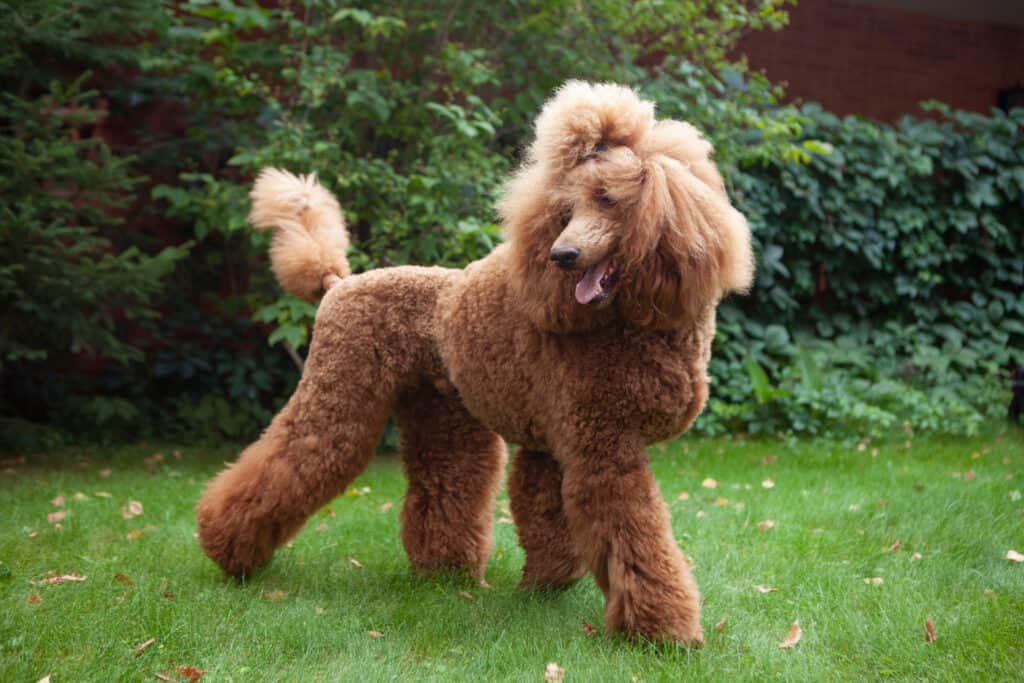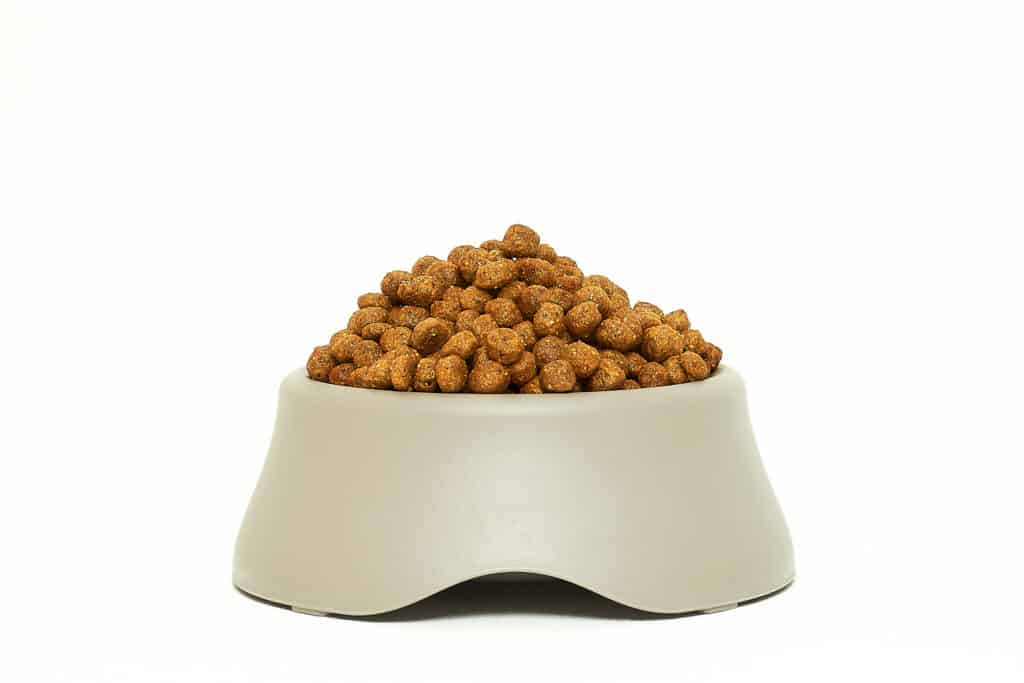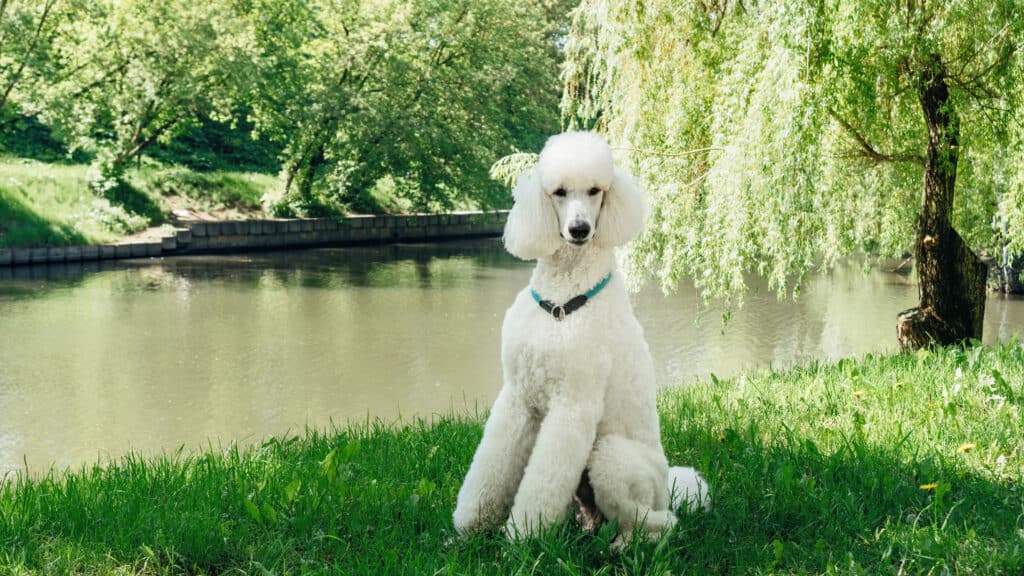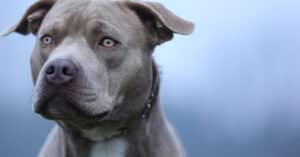Poodles Introduction
The regal poodle is a true aristocrat among dog breeds – exhibiting pride and confidence. Beneath the curly, low-allergen coat is an elegant athlete and sweet companion. Known for their intelligence, poodles are always listed at or near the top of lists of smartest breeds. They are easy to house train and love being with their humans. As a matter of fact, they love being with you so much that they tend to suffer from separation anxiety – so make sure that you can spend plenty of time with with your poodle before adopting. If you can – you may find your perfect pet!
Poodles, one of the most popular dogs in America, were initially bred for hunting water fowl. These dogs originated from Germany, and their name comes from a German word, “Pudelin,” meaning to splash in the water. They were also used to sniff out truffles and because of their superior trainability and intelligence – as circus performers.
This dog has a long, elegant neck and a straight back. It was mostly owned by the royals, who used them while hunting to retrieve ducks from lakes and ponds. Despite the breed’s working dog history, today, most dog lovers rear Poodles as pets.
Poodles come in three sizes, all considered part of the same breed: the toy, the miniature, and the standard. The standard is the oldest of the three varieties, and some still carry on the working tradition of water retriever. Miniature poodles have traditionally been truffle hunters – while the toy was bred to be a lap dog. The smaller breeds were bred from small poodles – not by mixing them with other smaller breeds.
These beautiful dogs have gorgeous coats in silver, black, white, grey and chocolate. The hair is curly, wiry, and dense, and this unique texture can be trimmed, clipped, groomed or shaved into all manner of fun styles. If your dog is not going to compete as a show dog – a casual, natural cut will be best. Poodles without elaborate do’s still require daily brushing as their coats tend to mat even if they don’t shed.
The earliest Poodles are dated back to the 14th century in Europe. They were later introduced to North America in the 17th century, but the American Kennel Club recognized the first Poodle in 1887. These dogs, although they were originally bred to retrieve, belong to the non-sporting group.
Standard Poodle Fact Chart
| Fact Type | Value |
| Preferred Temperature | Average |
| Shedability | 1 |
| General Health | 3 |
| Size | 3 |
| Energy Level | 5 |
| Exercise Needs | Moderate 30-60 minutes daily |
| Friendly with other dogs | Moderate — Average relations with other dogs |
| Family and kid-friendliness | 5 — Extremely good with children |
| Trainability and obedience | 5 |
| Temperament | Intelligent and active |
| Yappiness and barking | Low — rarely barks |
| Tendency to chew | 1 |
| Purebred cost to own | $800 |
| Dog group | Non-sporting |
| Used for hunting | Yes |
| Intelligence | 5 |
| Hypoallergenic (non-shedding) | Yes |
| Life Span | 3 |
| Female Weight | 45lbs |
| Female Weight | 60lbs |
| Male Weight | 45lbs |
| Male Weight | 70lbs |
| Separation anxiety | Moderate — can only be left alone for hours |
| Fun fact | Its hair can be styled into different styles |

Poodles were originally bred for hunting and owned by the upper classes.
©Diana Kellior/Shutterstock.com
The Best Dog Food for Poodles
All dogs are not the same; they require different nutrition, flavor, and formula needs. Poodles’ skin and coat health depends greatly on the quality of their food. They are highly prone to allergies and diabetes, so you must be selective when choosing the right diet for your pet.
Consider your pet’s size, age, and the amount of exercise your poodle requires when selecting the proper diet. Standard poodles are considered medium to large dogs – so pick from those formulas that are designed for larger dogs. Miniature and toy poodles need nutrition formulated for small dog metabolisms. Omega fatty acids help poodles to maintain shiny, healthy skin and coats.
Many dog owners prefer kibbles over canned varieties. They are convenient, easy to pick up and chew and contain necessary nutrients for purebred Poodles over 10 months old. Formulas that support healthy coat growth and muscle tone are always preferred.

Kibbles are the best food for your poodle, supporting healthy coat growth and muscle tone.
©Zontica/Shutterstock.com
Owning a Poodle: Pros and Cons
| Pros | Cons |
| Less shed Poodles have long, beautiful hair instead of fur, so they do not shed. If you have a pet hair allergy, this is a suitable breed to keep. Good with children You don’t want a dog that frightens your kids with barking. Poodles are playful and patient with children. Easy to train Most dog owners desire their dogs to behave in a certain way, so they train them. A poodle is easy to train, thanks to it’s intelligence. | High maintenance The dog’s hair grows long and beautiful, but you must trim it. You must also brush it daily to avoid tangling. Grooming services can be costly. Prone to stress Poodles like peace and are hypersensitive. They show stress responses when there is noise and commotion. They need mental stimulation Poodles are very intelligent, and if not occupied, they can indulge in less desired behaviors like chewing, excessive barking, and digging. |
Poodle Common Health Issues
Poodles are known to be a strong and healthy breed, but they can have a few health issues. The most common health complication for poodles is bloating. Bloating is caused by air trapped inside the stomach, which could cause it to twist. The symptoms are vomiting motions while producing nothing, distress, and restlessness.
Addison’s disease, caused by defective adrenal glands, can sometimes occur. The symptoms are lack of appetite, slow heart rate, and shaking. Addison’s disease causes tumors to grow around the gland when not treated early.
Hip dysplasia affects many dogs, especially the big breeds, and is also common among standard poodles. It occurs when the ball and socket at the hip do not align. The socket could be under-developed or over-developed, causing the ball to dislocate. This condition is hereditary.
Your poodle’s long ears are also prone to infection – so be sure to keep them clean.
Poodle Temperament and Behavior
Poodles can quickly grasp instructions, thanks to their superior intelligence. Poodles usually rank second in the list of the most intelligent dogs, after the Border Collie. As a result, house training a poodle is easy.
A poodle’s high intelligence makes it more alert than other dogs. This could also be due to its hunting instincts. Poodles can quickly tell that there is an intruder in the compound, and they promptly respond to strangers.
Another personality trait of the puddle is that they tend to be extroverted. They like being with people and being the center of attention. If you notice your pet is becoming destructive, give it extra attention with more praise, cuddles, play and exercise.
One behavior you may not expect in your Poodle is aggression. These dogs are often unfriendly to other people and dogs. To ensure that your pup grows up to be sociable, train it when it is a puppy by making sure it gets used to being around non-family members and other dogs.
Resources: Dr. Marty Pets, AKC

Poodles are highly intelligent and extroverted dogs. However, they have a tendency toward aggressiveness if not properly socialized when young.
©nieriss/Shutterstock.com
How to Take Care of Poodles
Poodles are naturally eager to please and affectionate – and will bring great joy to your home. You must keep your dog healthy and happy to return the love. Besides giving your poodle healthy and nutritious food, other ways to care for it are by grooming, exercising, and training.
Poodle Maintenance and Grooming
Poodles’ unique curly coats requiring regular grooming and maintenance. Their soft, dense fur grows fast and can get matted if not brushed daily. Detangle the hair using your fingers, and then a soft slicker brush to comb against the hair growth direction.
You should gently detangle and brush the hair around the dog’s ears, belly, and front legs. These areas are sensitive, so be careful not to hurt your dog. Schedule a bath in between the grooming sessions. Grooming by professionals can be costly if you prefer an elaborate show dog style. Simple cuts are more economical and can even be done by poodle owners after they learn how to do it.
Poodle Training
Poodles are very intelligent and grasp instructions quickly, making them easy to train. They are also very friendly and entertaining, giving you loads of fun teaching your pup how to lie down or sit.
Resources:
Poodle Exercise
Since Poodles are playful, you should exercise them to release their energy. Not enough exercise makes this breed bored and restless as they need to be busy and intellectually stimulated. It is good to walk and to play with your pet for every day to keep it lively and happy.
You can introduce it to other engaging exercises like a game of fetch, running and jogging, and challenging toys. Another option is to take your dog swimming. However, the Toy and Miniature Poodles don’t need much exercise and are a suitable option for people with less time.
Poodle Puppies
Before getting a Poodle puppy, you should know the traits of this dog breed. Your new family member needs grooming, exercising, and training. Consider getting a veterinarian to check it’s health and purchasing pet health insurance in case it needs it.
Poodles and Children
If you want your kids to be primarily active, get a poodle! These dogs are so active and playful – they will keep your kids engaged. But, consider the standard poodle because it is more patient, and kids are also less likely to hurt it because of its size.
Dogs Similar to Poodle
Other dogs similar to Poodles are Labradoodle, Maltipoo, and Bichon Frise:
- Labradoodle is a mixed breed of Labrador and half Poodle, and it is cuddly and playful. This poodle-like dog is also obedient and loyal.
- Maltipoo has a lot of energy and a beautiful coat like Poodle. These dogs are social and require little physical activity.
- Bichon Frise has a playful trait like Poodle. Bichon Frise is fun and loves attention. And like the Poodles, these canines are also intelligent.
Resources: hepper, the smart canine
Popular Names for Poodle
Popular names for a Poodle include:
- Coco
- Leo
- Mabel
- Bennet
- Bear
Resources:
Poodles, in Summary
- Is a Poodle good with kids? Poodles are patient, loyal, and affectionate. They are also playful and will keep your kids engaged. Standard size tends to be better with kids.
- How long do Poodles live? Poodles have an average life span of 12-15 years.
- How much does a Poodle cost to own?You can adopt a Poodle for $30-$300. However, if you are buying a Poodle from a breeder, you could pay $500-$2000. Professional grooming requirements should also be considered.
- Are Poodles easy to train? Yes! They are one of the most intelligent breeds and are eager to please.
Up Next…
- The Best Dog Food for Poodles for 2022 – (Senior, Puppy, Adult): Your poodle deserves the best nutrition – we have searched for and found the best!
- Best Dog Clippers for Grooming: Our Top Choices: You may want to groom your poodle yourself with one of these great, easy to use clippers.
- Toy Poodle vs Miniature Poodle vs Teacup Poodle: One was bred to sniff truffles – the other to sit in your lap – how do they differ? Find out!
- Doodle vs Poodle: What Are The Differences?: A poodle’s low allergen coat is so desired that they were crossed with other breeds to create new, hypoallergenic dogs. Learn more about Doodles and Poodles here!
The photo featured at the top of this post is © Dulova Olga/Shutterstock.com
Ready to discover the top 10 cutest dog breeds in the entire world?
How about the fastest dogs, the largest dogs and those that are -- quite frankly -- just the kindest dogs on the planet? Each day, AZ Animals sends out lists just like this to our thousands of email subscribers. And the best part? It's FREE. Join today by entering your email below.
Thank you for reading! Have some feedback for us? Contact the AZ Animals editorial team.






